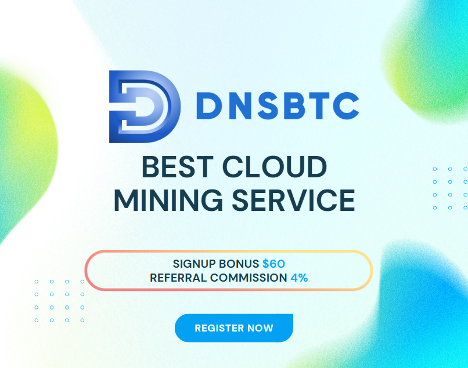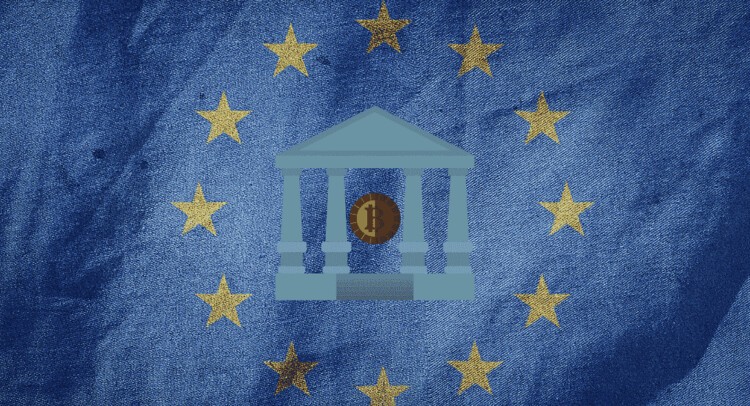Web3 and Web5: What Are Blockchain-Based Web Standards?
Jun 27, 2022, 11:17pm
Jack Dorsey has announced plans for Web5, a successor to Web3. How do these blockchain standards work?
Many popular websites are rushing to embrace cryptocurrency, blockchain, NFTs, and related technology. However, the trend is part of a long journey that began in the earliest days of the web. Here’s how standards have progressed.
Web1 and Web2 Came Before Blockchain
When the internet came into common use in the 1990s, it was primarily made up of static web pages. Users could retrieve information, but even basic interactions such as on-site comments were rare. Often, user content was published manually.
Later, around 2005, Web2 emerged as a de-facto standard. Websites began to allow users to interact and post their own content in a variety of ways—through social networks, blogging, comment sections, video sharing, and more. Web2 began when websites introduced ways to automatically handle user data.
Many major websites, including Google, YouTube, Facebook, and Twitter, are Web2 sites because they dynamically display user-generated content.
The fact that Web2 introduced the possibility of online user interaction also set the stage for Web3 and the addition of blockchain transactions.
Web3 Introduced Blockchain Tokens
The term Web3 came into usage when Ethereum co-founder Gavin Wood coined the term in 2014, several years after Bitcoin went live as the first blockchain.
Though Web3 is still a loosely defined concept, it generally refers to websites that use blockchain technology to handle data and transactions.
DeFi trading services such as Uniswap are a prime example of Web3 because they rely almost entirely on native blockchain functions. Users interact with Uniswap mainly through Metamask and other non-custodial, on-chain Ethereum wallets—not through credit card payments or other traditional payment channels.
Some browsers like Opera and Brave have even declared support for Web3, which will make it easier for users to interact with upcoming Web3 standards such as on-chain transactions and blockchain domain name services (DNSes).
In short, the goal of Web3 is not just to use cryptocurrency, but to use cryptocurrency in the most open way. The Ethereum Foundation describes Web3 as requiring decentralized, permissionless, and trustless native payments.
Some popular websites are acknowledging crypto but are better considered part of Web 2.5 because blockchain makes up only a minor part of their functionality. Websites like Reddit and Twitter, both of which have introduced NFT and cryptocurrency elements, may be considered part of this category.
Likewise, centralized crypto exchanges give users very little direct control over their assets and rely heavily on traditional payment routes like credit cards. As such, they are often considered separate from the Web3 trend. Still, some centralized exchanges like Coinbase aim to embrace Web3 in a limited sense.
Web5 Will Use Bitcoin for Identity Management
Web3 is not the end of the road: Jack Dorsey, the former CEO of Twitter and current CEO of Block Inc., announced plans for a new platform called Web5 this month.
The project will be built by TBD, a subsidiary of Block established in July 2021 with the goal of developing the then-unnamed web platform.
Though Web5 will make use of blockchain technology, Dorsey does not primarily intend to use it for transactions. Rather, he plans to use blockchain to manage identities and personal data without the need for third-party data storage and management.
Dorsey’s goal is to create a standard that allows users to share credentials, preferences, and data ownership between several different web apps.
While Web3 primarily relies on Ethereum and other blockchains with smart contract capabilities, Dorsey plans for Web5 to make use of Bitcoin. Web5 will also use Bitcoin’s ION Layer, which is already designed for identity management.
This competing standard is not a surprise, as Dorsey has criticized Web3. Last year, he argued that many nominally decentralized sites with blockchain integration are actually backed by large venture capital firms and wealthy liquidity providers. As such, his Web5 project aims to move away from financing and toward data management.
Some opportunistic parties have already taken advantage of Dorsey’s announcement to create tokens named after Web5. However, these tokens are not associated with TBD’s own project and are likely unsafe investments.
Beyond Blockchain Integration
Although the above categories are not strictly defined, the decades-long progression from Web1 to Web5 illustrates a path in which blockchain has helped the internet gradually become more open to user input and free from central control.
Organizations seeking to monetize the internet’s evolution should protect their intellectual property and guard against inadvertent legal and regulatory oversights by talking to an experienced blockchain attorney.
At the same time, the internet will develop in other directions largely unrelated to blockchain. Tim Berners-Lee defined an alternative vision of Web3, also known as the “Semantic Web”, in 2006. He coined the term prior to the advent of blockchain to refer to an internet that relies heavily on machine-readable data.
Other terms, such as Web4 have a variety of definitions that are not widely agreed upon. Sites in this category may leverage other innovations such as artificial intelligence (AI), Internet-of-Things (IOT), wearable devices, and the Metaverse in order to take online interaction in new directions.
Ultimately, not all websites require blockchain technology to accomplish their goals, but there will likely be room for blockchain technology to be integrated regardless of how the internet develops in the future.





